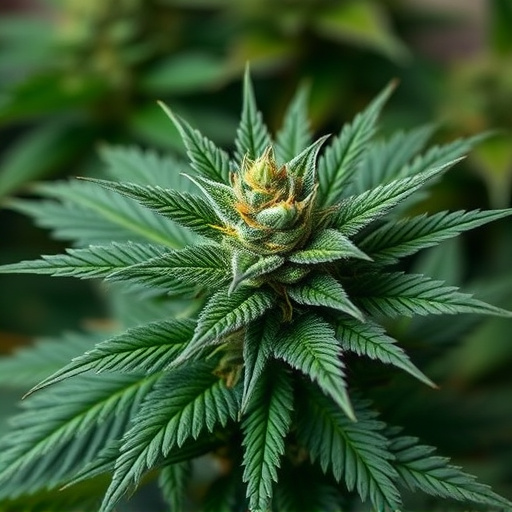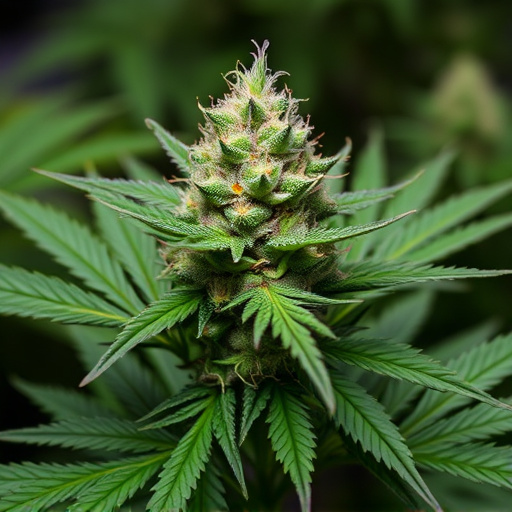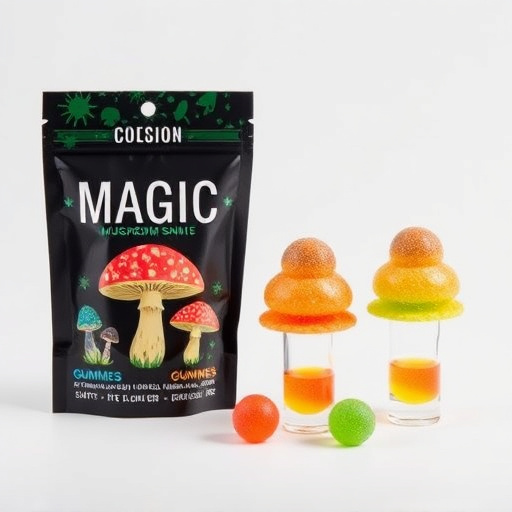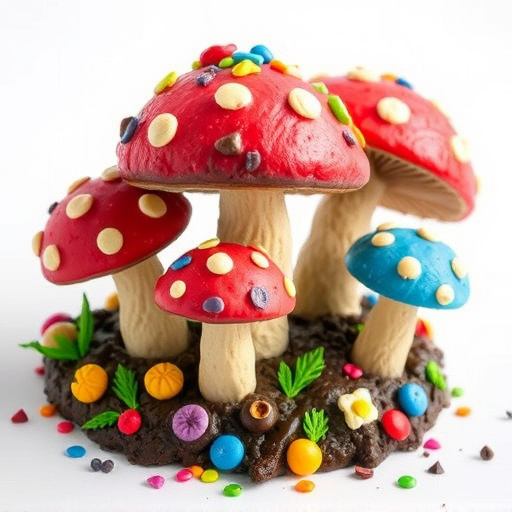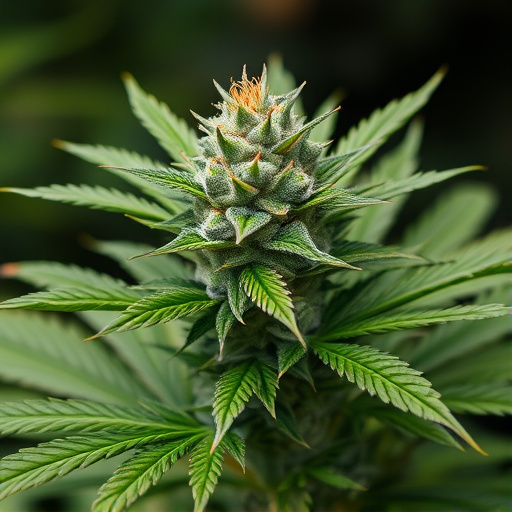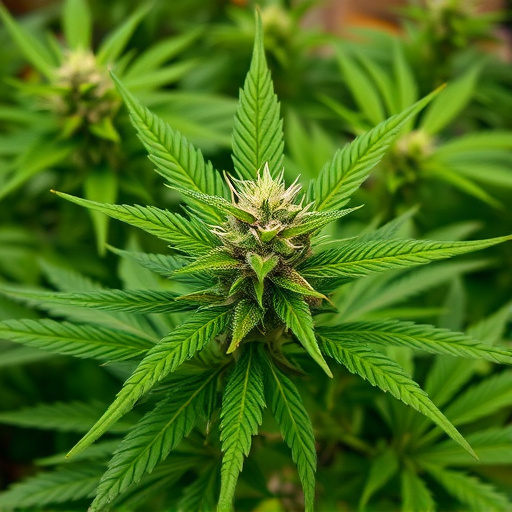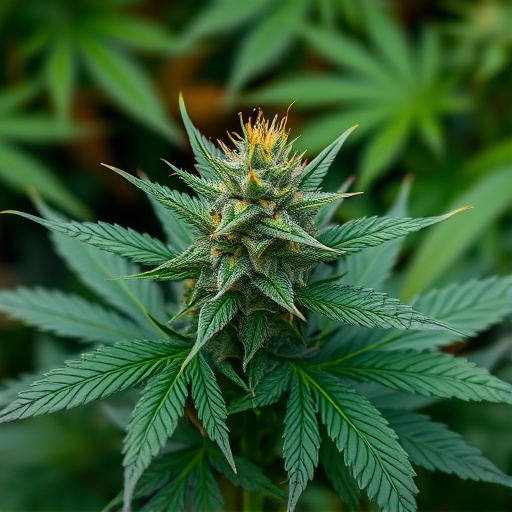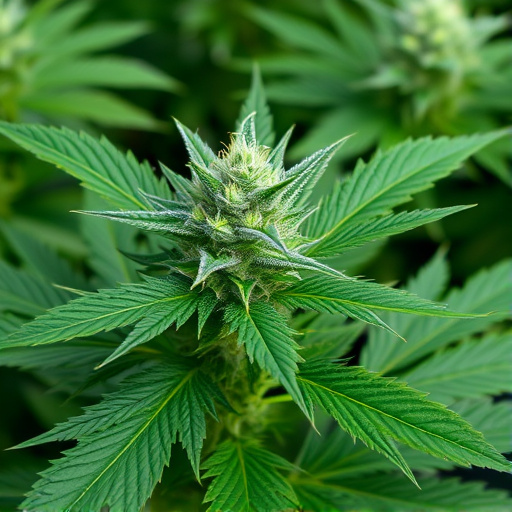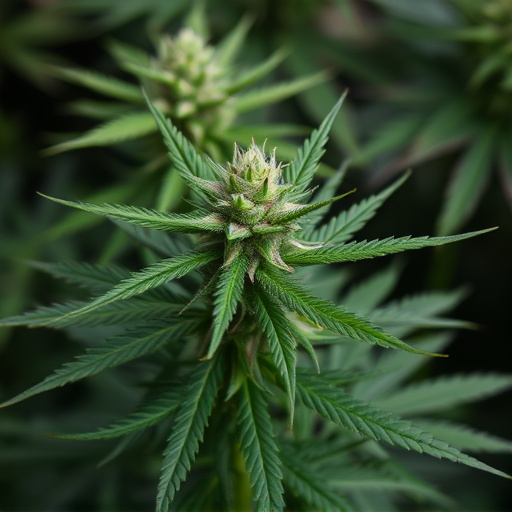Cultivators can ensure top-quality cannabis products by closely observing trichomes, tiny glandular hairs on Cannabis sativa and Cannabis indica plants. Healthy trichomes are clear and sticky, turning milky white or amber as plants mature, signaling peak cannabinoid and terpene levels. Using a combination of visual and microscopic inspections under natural light and with high-powered microscopes, cultivators can accurately determine optimal harvest times for maximum yield and potency, focusing on specific terpene levels for each strain.
“Uncover the secrets to mastering your harvest with a deep dive into trichome inspection. This comprehensive guide equips you with the knowledge to assess the quality of both Cannabis sativa and Cannabis indica varieties. Understanding trichomes is key to determining peak harvesting times, ensuring optimal potency and flavor. From visual cues to microscopic techniques, learn how to identify maturation stages for the best possible yield. Elevate your cultivation skills and unlock the full potential of your plants.”
- Understanding Trichomes: The Key to Quality Assessment
- Identifying Maturation Stages: When is Harvest Optimal?
- Techniques for Visual and Microscopic Inspection
Understanding Trichomes: The Key to Quality Assessment
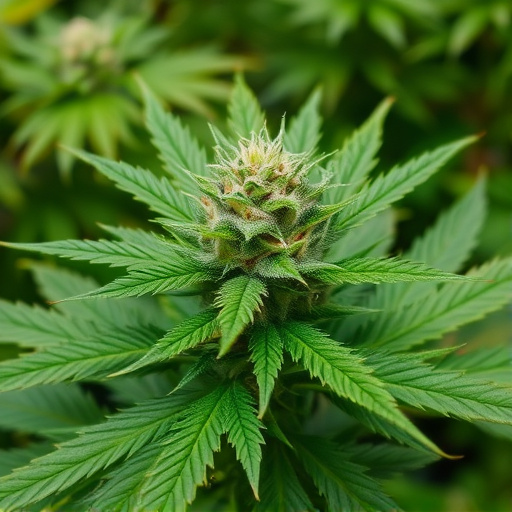
Trichomes, tiny glandular hairs found on the surface of cannabis plants, play a pivotal role in assessing the quality and potency of the final product, be it from Cannabis sativa or Cannabis indica. These hair-like structures are rich in cannabinoids, terpenes, and other beneficial compounds that contribute to the plant’s unique properties. By understanding the appearance and behavior of trichomes at different stages of growth, cultivators and enthusiasts can make informed decisions about when to harvest for optimal results.
Observing trichomes under a magnifying glass or microscope reveals their intricate structure and development. Healthy trichomes should appear clear, sticky, and often covered in a resinous substance. As cannabis plants mature, the trichomes change color, starting from clear to milky or amber, signaling the accumulation of valuable compounds. This process is crucial for determining the ideal harvest time, as trichomes contain the bulk of the plant’s medicinal and therapeutic properties, ensuring top-quality cannabis products.
Identifying Maturation Stages: When is Harvest Optimal?
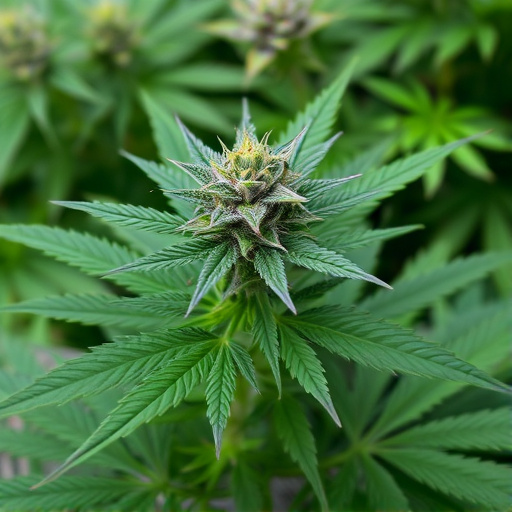
Identifying the maturation stage of cannabis plants is crucial for determining the optimal harvest time, ensuring top-quality buds. The process involves carefully observing trichomes—small glandular hairs that play a significant role in the plant’s development. In Cannabis sativa and Cannabis indica, trichome maturity corresponds with different stages of growth. For C. sativa, harvest is typically targeted at 18-24% total terpenes, where trichomes turn milky white, indicating optimal cannabinoid production. C. indica varieties often peak around 16-20%, with a more amber or honey-like coloration in the trichomes signaling readiness for harvest. Regular checking of these stages allows cultivators to capture the perfect moment, maximizing both yield and potency.
Techniques for Visual and Microscopic Inspection
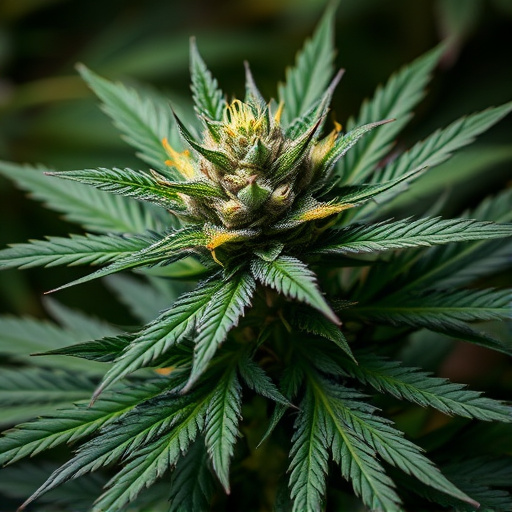
To accurately assess trichomes for harvesting and quality, both visual and microscopic inspection techniques are crucial. For a start, examine the cannabis plant under natural light, looking for resiny trichomes that appear as tiny hair-like structures covering the flower buds. This visual assessment provides an initial indication of the plant’s maturity and potential potency.
For a more detailed analysis, especially when dealing with cannabis sativa or cannabis indica, utilize a high-powered microscope to observe the trichomes’ structure and composition. Look for clear, viscous fluid within the trichomes, which indicates optimal cannabinoid production. Microscopic inspection can also reveal the presence of any contaminants or pests that may affect quality, ensuring you’re evaluating cannabis plants from both aesthetic and chemical perspectives.
Checking trichomes is a vital step in ensuring top-quality harvests of both cannabis sativa and cannabis indica. By understanding trichome development and employing techniques like visual and microscopic inspection, cultivators can optimize their harvest timing. This article has provided valuable insights into identifying mature trichomes, enabling you to make informed decisions for the best possible yield and flavor.

